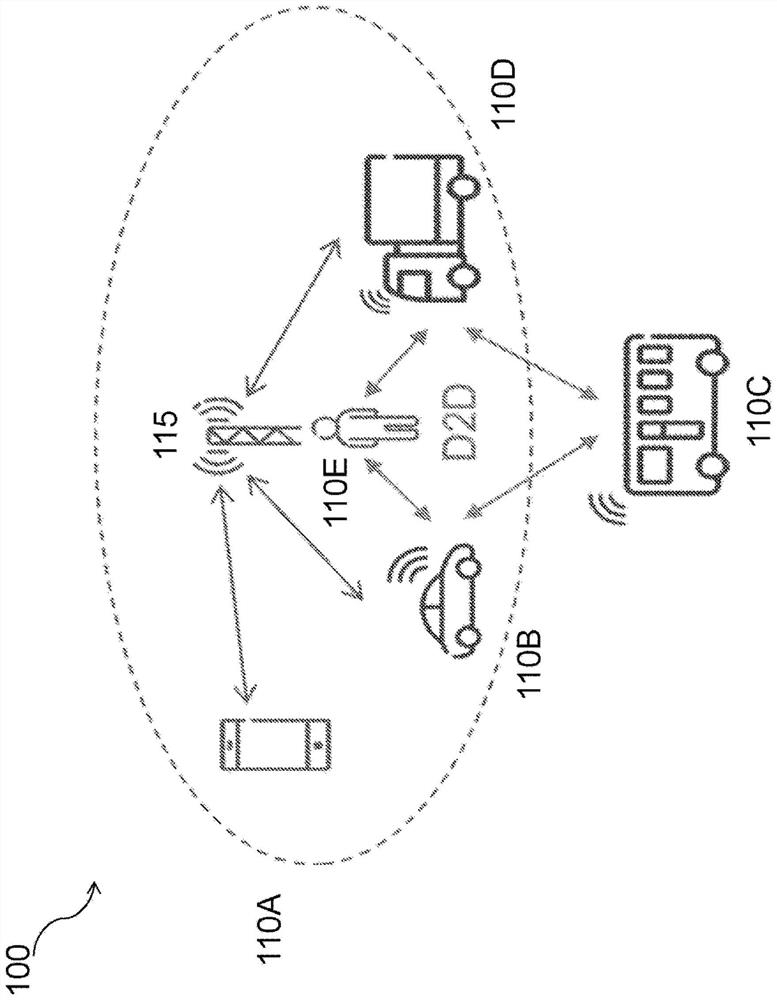Step-by-step resource allocation for vehicular communication
A technology of communication allocation and vehicle pairing, which is applied in the field of gradual resource allocation of vehicle communication, which can solve problems such as hindering resource deployment, inefficient space reuse, and uneven distribution of V2x traffic, so as to reduce resource fragments and improve space reuse.
- Summary
- Abstract
- Description
- Claims
- Application Information
AI Technical Summary
Problems solved by technology
Method used
Image
Examples
Embodiment Construction
[0039] As mentioned above, there is a need for an improved resource allocation scheme that provides a higher degree of space reuse. A higher degree of space reuse can advantageously allow unused resources to be redeployed for other applications. This disclosure contemplates various embodiments that can address resource allocation and the need to increase space reuse. For example, in some embodiments, a network node may allocate a pool of radio resources for V2x communication of multiple wireless devices. The network node may divide the radio resource pool allocated for V2x communication into multiple orthogonal radio resource sets. Each set of radio resources may have an associated set identifier. Collection identifiers can be positive integers. The network node may assign one or more sets of radio resources to each of the plurality of wireless devices based at least in part on the radio compatibility characteristic, and communicate the assigned set of radio resources to ea...
PUM
 Login to View More
Login to View More Abstract
Description
Claims
Application Information
 Login to View More
Login to View More - R&D
- Intellectual Property
- Life Sciences
- Materials
- Tech Scout
- Unparalleled Data Quality
- Higher Quality Content
- 60% Fewer Hallucinations
Browse by: Latest US Patents, China's latest patents, Technical Efficacy Thesaurus, Application Domain, Technology Topic, Popular Technical Reports.
© 2025 PatSnap. All rights reserved.Legal|Privacy policy|Modern Slavery Act Transparency Statement|Sitemap|About US| Contact US: help@patsnap.com



